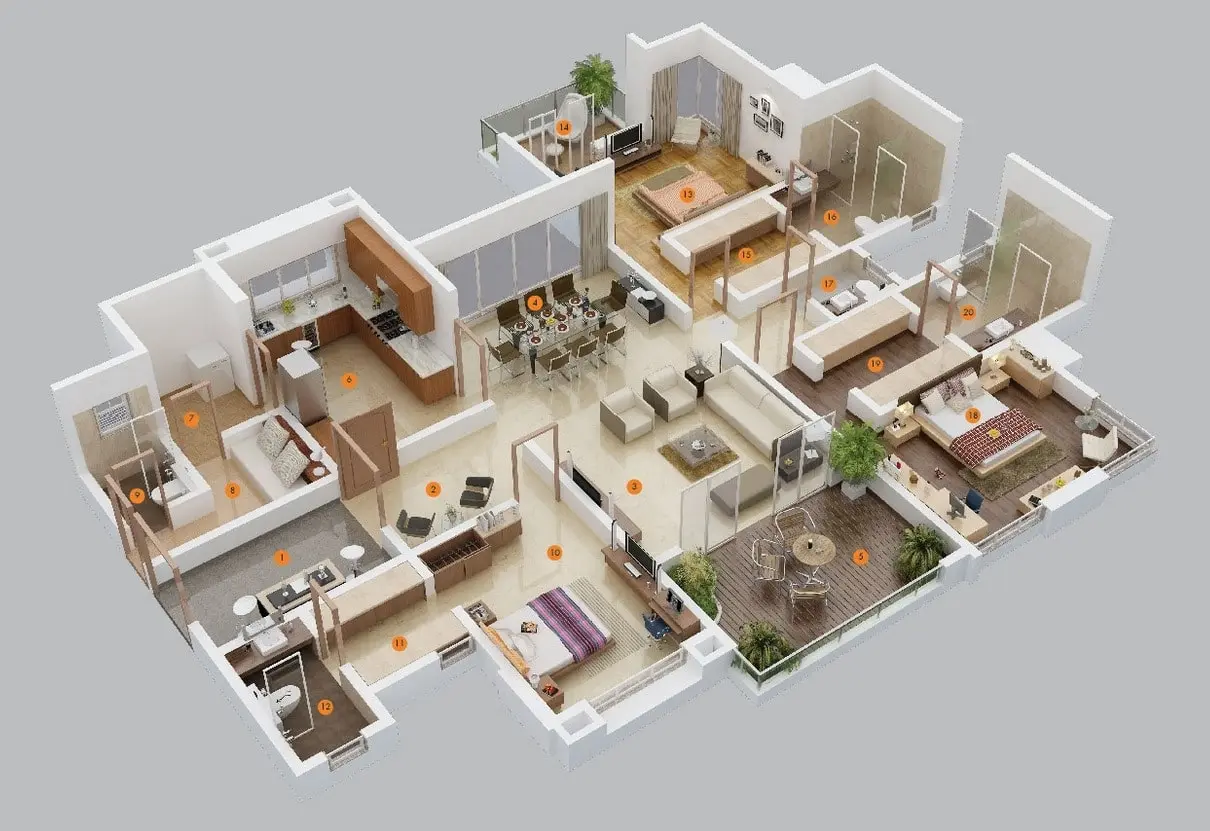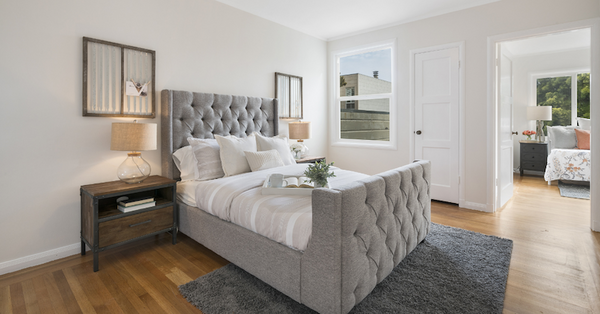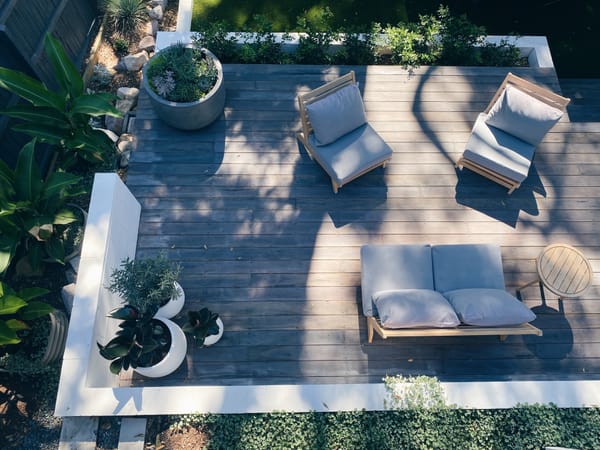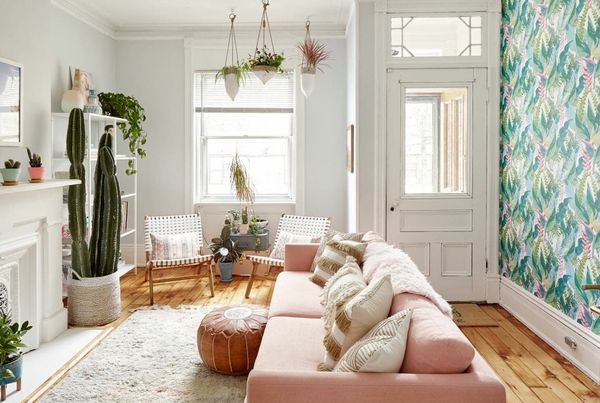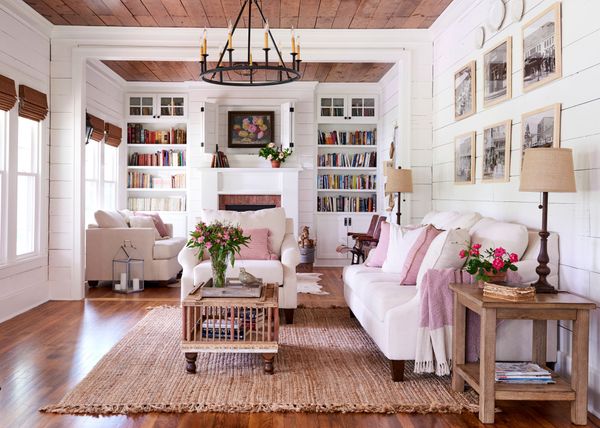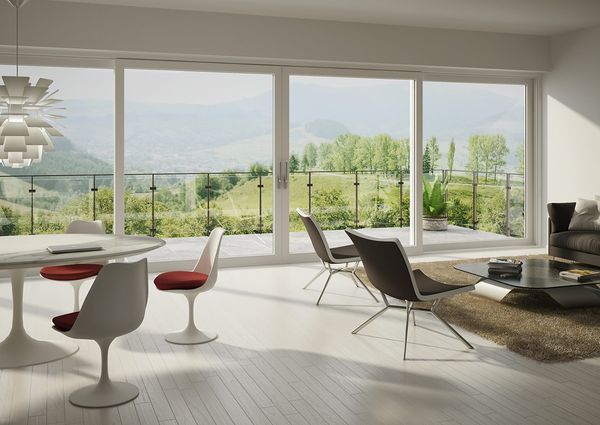Do you ever marvel at intricate construction beauty, impressive lines, and striking silhouettes? Have you wondered what goes on behind the scenes of architectural design before such a structure is realized? Well, look no further - today we’re going to bring you an exclusive inside look at best practices in architectural home design, from sketch to structure.
We’ll explore how architects work through initial ideas and develop them into spectacular real-life structures that will endure time while impressing onlookers with complexity. You won't want to miss this fascinating walk through one of history's oldest professions!
The Process of Architectural Home Design
The process of designing a home is a complex and creative endeavor that requires careful planning, attention to detail, and a deep understanding of both the client’s needs and the principles of architecture. Whether designing a new home from scratch or renovating an existing structure, architects follow a series of steps to ensure that the final design is both functional and aesthetically pleasing.
However, just like in manufacturing where designers and engineers use a PLM solution such as the one provided by tristar.com, architects also need to incorporate similar products to ensure that they have effectively managed their architectural design projects from start to finish.
The first step in the design process is to establish a clear understanding of the client’s needs and preferences. This includes determining the size and layout of the home, the number and type of rooms, and any specific features or amenities that the client desires. The architect will work closely with the client to create a detailed list of requirements and design goals, which will serve as the basis for the rest of the design process.
Once the requirements have been established, the architect will begin to develop a series of conceptual designs for the home. These initial designs will explore different layout options, room configurations, and architectural styles, and will be presented to the client for feedback and review. The architect will work closely with the client to refine the designs and incorporate their feedback and preferences.
Once the overall design has been established, the architect will begin to create detailed plans and drawings that specify every aspect of the home’s construction. This includes detailed floor plans, elevation drawings, and construction details that specify the materials and construction methods to be used in the construction of the home. These plans will be used by the contractor and construction team to build the home.
Throughout the design process, the architect will also work closely with the client to select materials and finishes for the home, such as flooring, lighting fixtures, cabinetry, and appliances. The architect will ensure that all materials and finishes are selected to meet the client’s requirements for both functionality and aesthetic appeal.
Finally, once construction is complete, the architect will perform a final inspection of the home to ensure that it meets all of the design specifications and requirements. This includes checking the quality of the construction, verifying that all finishes and materials have been installed correctly, and ensuring that the home is fully functional and ready for occupancy.
The Basics of Sketching Out a Design
When it comes to sketching out a design, architecture is the perfect field - it allows us to be creative while providing structure and guidelines to follow. Whether you're a beginner or have worked in the field before, understanding the basics of sketching out a design is essential. Before getting into the nitty gritty details, start by asking yourself some basic questions: what problem are you trying to solve? What materials will you use? Who will your clients be? All of these considerations can inform your design decisions.
From there you can move on to decide on shapes, lines, and overall composition. Try keeping it loose with some sketches in pencil first and then go ahead adding more detail with markers afterward. Drawing rough plans will help refine your ideas and make sure that elements fit together well. Once you have an idea that feels right for all elements - functional, aesthetic, and technical - then it's time to bring that sketch out of the studio and into reality!
Establishing the Foundation For an Architecture Plan
Establishing the foundation for an architecture plan is a critical first step in any major building or design project. As with any large undertaking, it is vital to approach this task methodically, making sure that all stakeholders are informed and on board from the very beginning and taking time to draw up a comprehensive blueprint before proceeding can save costs and complications down the road while ensuring that every aspect of the project meets safety regulations, engineering guidelines, and aesthetic expectations. With proper planning in place, a team of architects can confidently move forward in crafting a unique and attractive structure that stands out from the crowd.
Structuring the Design and Where to Begin
Starting a design project can be daunting, so it's important to structure the process to make it more efficient. First step? Define your goal and then create a plan that outlines how to reach that goal. Before investing too much time into any single task, it's best to determine which tasks are priorities by assessing the costs versus the benefits of each one. Also, consider what resources you'll need and whether they will be available to you. And finally, don't forget the importance of testing: make sure to test prototypes along the way and at key points in the design process – it's essential for producing an effective outcome.
Incorporating Unconventional Ideas Into Designs
Incorporating unconventional ideas into designs for architecture can truly transform a space, and many architects are now embracing unorthodox thinking to create stunning pieces. Indeed, implementing unique concepts gives designers the chance to explore beyond their existing ideas and maybe even craft entirely new methods of expressing their own aesthetics. Additionally, these non-traditional approaches can open entirely new avenues when constructing buildings, allowing us to move from previously established limits and take advantage of more diverse materials and perspectives. Working against conventional wisdom becomes an opportunity for fearless innovation and to produce something truly remarkable.
Conclusion
To sum it up, architectural design can often be considered one of the most challenging but also most rewarding jobs out there.
The process of designing a home is a complex and collaborative endeavor that requires the skill and expertise of a trained architect. By working closely with the client and following a carefully planned design process, architects are able to create homes that are both functional and beautiful, and that meet the unique needs and preferences of each individual client.
From the very first sketch to the completion of a project, architects have to consider all angles and come up with creative solutions that take into account both practicality and aesthetics. By understanding the basics of how an architectural design works, you will be well equipped to bring your own plans from initial concept to realization and create unique designs that combine inventive ideas with safety into a single harmonious whole.

